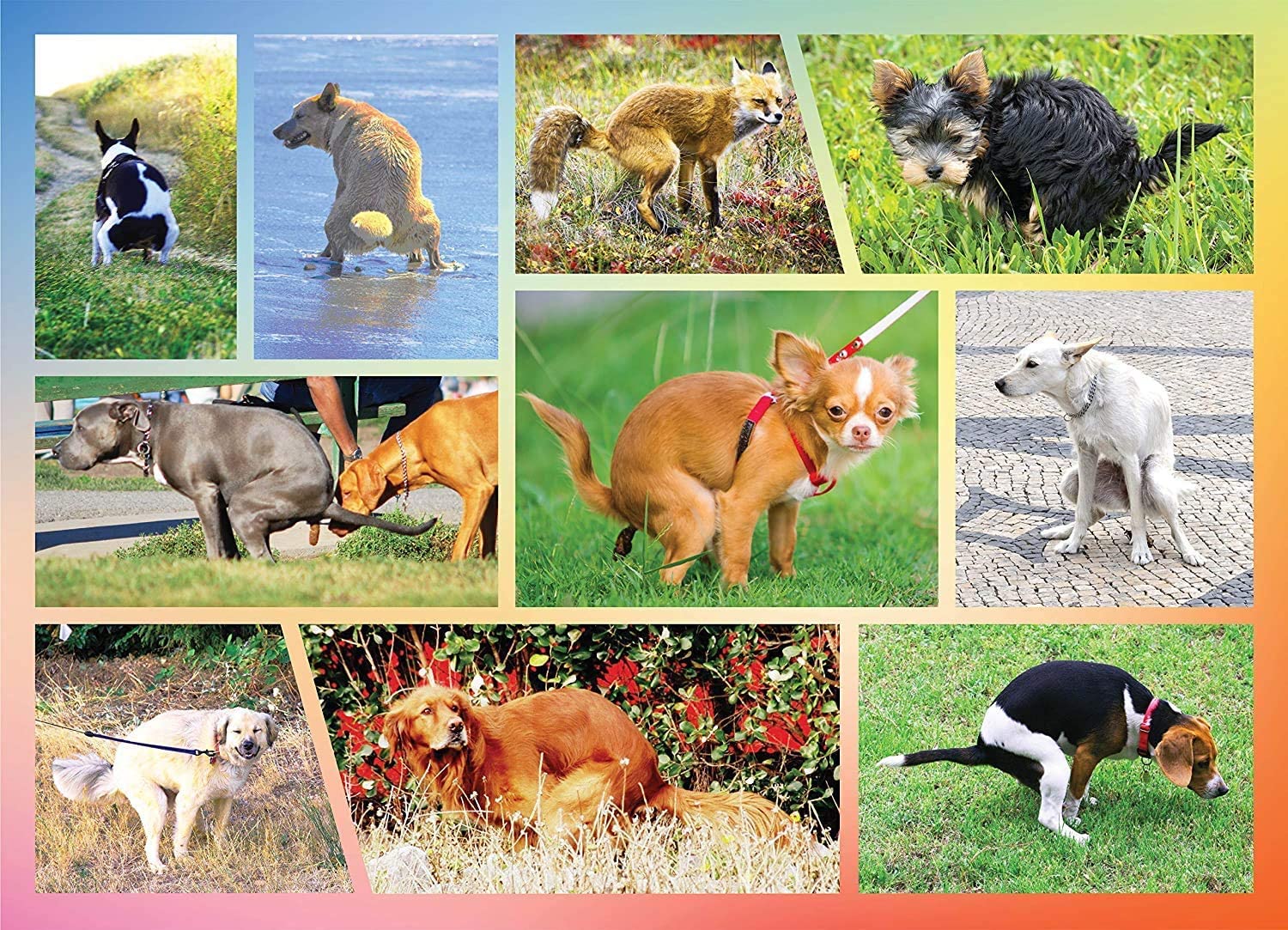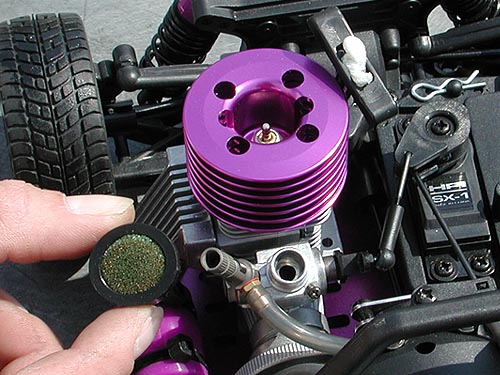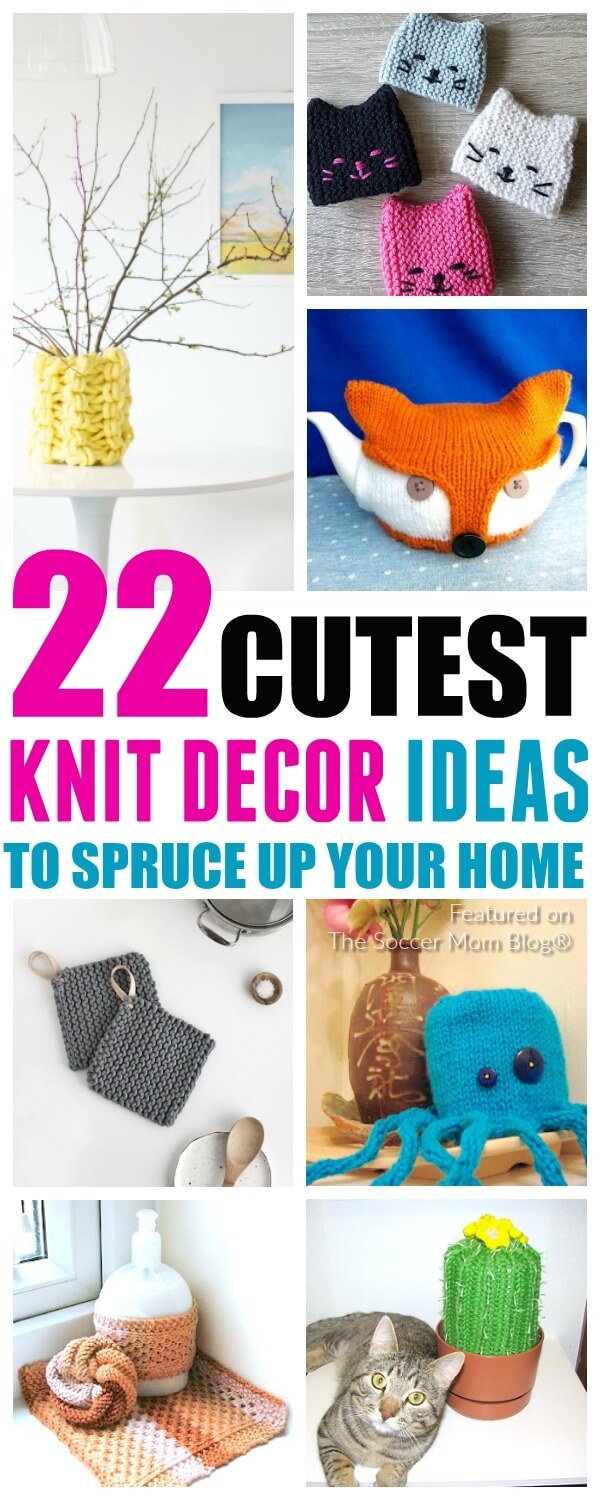
A cable is a form of knitting that involves alternating stitches. The stitches used in creating a cable are known as 'cable stitches. These stitches can be made using either one of two types or one of them for knitting and purling. Cable needles tend to be short and straight with points at both ends. However, you can find needles with a U-shaped or 'V' shape. These needles are more likely to hold the stitches for you.
Techniques for knitting cables
There are two options for knitting cables: open or closed. Open cables are a loop of yarn with a twist in the middle. This method is much easier than the closed cable which is more complicated. To begin knitting a sock cable, increase the number of stitches immediately below it by twice the length. For example, to make a two-stitch crochet cable, you would increase the number two stitches below each other. For the final step, reduce the number of stitches that have been added to the beginning.
This technique should be done with the left-hand needle. To knit the first stitch, use the left-hand needle. The right-hand needle should be used to knit the next two stitches. If you are using a cable needle, hold the first stitches to the back. This will ensure that the stitch twists in the correct direction.
Stitches that make up a cable
There are many different stitches used in knitting cables. Some cables can be knit while others can be purled. Cables are a great way to add texture to your knitting project. The cable stitch, which is an easy stitch to learn in cable knitting, is the stitch used. A pair of 4mm knitting needles and either an acrylic-based DK or smooth wool yarn are required. Once you've learned how to make a cable, you can start knitting.

Cables are created by knitting twisted stitches back and forth. The stitches are not twisted on every row. They are twisted on each row. This technique is also known "knit wire knitting" and is often associated to Celtic designs. Aran knitting, in particular, gets its name from the Aran Islands, which are located off the west coast Ireland.
Basic cable stitches
There are many types of cable stitches. The basic one is made by changing the order of the stitches in a row. The twist created by this type of stitch depends on whether the stitches are held in front or back. This pattern is knitted in the round. Some cables include knitting some stitches and using reverse stockinette to provide a background.
A cable needle is required to make a cable. You should choose a smaller needle than your regular knitting one. Hold the needle in the back of your work while knitting the first stitch, and then lift it up to knit the next stitch. This will give you a cable that has the right amount twist.
2-over-2 cable
Casting on a few stitches is necessary to make a 2-over-2 crochet cable. Then, slip the stitches from the left needle onto the right needle. They can be slipped easily and you don’t need to remove them. For a perfect cable, the top two stitches must cross the right needle while the bottom should cross it. There are many ways to write the patterns, but the most popular is C4R and 2/2RC.
The purling stitch in the back is the most well-known variation of the cable. This makes the cable look thicker. The first set stitches in the left twist are knitted, and the last set stitches in the right twist are plied.

Twisted Cable
You can create cable knitting designs by using a cable needle. Cable needles are available in many sizes, shapes, materials, and colors. This tutorial will help you learn how to use this knitting tool. The cable needle is a flexible knitting needle that can twist to the left or right. This is demonstrated in action in the video tutorial.
To make cable knitting designs, smooth wool or acrylic DK yarn must be used along with 4mm needles. 22 stitches will be required to get started. To form the cable, you will first knit six stitches. Then, you will purl eight stitches. These stitches should be worked with the right side.
FAQ
What are observation hobbies?
Observation hobbies involve watching people do the things they love. It could be reading, watching sports or going on holiday. It could also be observing other people as well.
It's great to have observation hobbies because it helps you think creatively. You can apply this knowledge later on when you work with others.
It will be easier to learn about something if you are interested in it.
If you are interested in learning more about football, for example, you might watch a match or read a book. Exhibitions are a great way to learn about photography.
You could also buy a guitar or play along online to music if you are a musician.
If you like cooking, you could cook your own meals or visit restaurants.
If gardening interests you, you could plant vegetables or flowers.
If you like dancing, you could join a dance class or go out with friends.
You could also paint pictures if you are a fan of painting.
If you love writing, you might be interested in writing poems and stories.
You can draw pictures if your passion is drawing.
If you are passionate about animals, you can look after them or work at the zoo.
If science is your passion, you might choose to study biology or chemistry.
History is something you might enjoy if you read books, watch movies, or listen to podcasts.
If you enjoy travelling, you might consider exploring your local area or traveling abroad.
What's a hobby?
Anything kids like to do that is not part of their daily routine is a hobby. Kids might enjoy drawing pictures, making things, painting, writing, crafting, and other activities.
Many parents worry that their children will get into trouble if they're allowed to do whatever they want. This is not necessarily true. This is true even if your child isn't causing harm to anyone or their own safety, then they won't be in trouble.
It's important for people to understand that just because they like something doesn't necessarily mean they'll choose it all the time. If they dislike writing but enjoy drawing pictures, they might opt to draw pictures.
There are many types of hobbies. It's up to you to choose one that you really enjoy.
What are some hobbies that would suit introverts?
Introverts have the ability to focus on one thing at a time. They prefer solitude, such as reading, writing music, or watching movies.
They also enjoy spending quiet time alone. They don't enjoy being social all day. They often feel bored when they are surrounded by people.
Introverts will often choose hobbies that require them alone. An introvert might like to read, listen to music, take photographs, paint, write poetry, or even create art.
Introverts may even prefer to live alone. They can focus on their hobbies and not be distracted by other people.
What are your educational hobbies?
A hobby that teaches you something is called an educational hobby. It could be anything from playing sports to learning how to play an instrument.
It should be enjoyable and have fun. You don't have to do it all the time, but if you find yourself getting bored, then you need to think about what else you could be doing instead.
You should also make sure that you are not spending too much money on these activities. It could end up costing your more than it's worth.
How do I start my new hobby?
It is important to choose the type of hobby you want to start.
Passion is key once you have chosen your topic.
It is crucial to know why you want to pursue a hobby. This will help you to find your purpose and direction.
Once you have determined what hobby you wish to pursue, you can plan your next steps.
You should think about the equipment you'll need.
Consider whether you need to attend classes or seminars.
You should ensure that you have enough space to enjoy your hobby.
You may also consider joining a club or group. These groups are often supportive and offer advice.
Think about how much you'd need to spend on your hobby.
Statistics
- I am 100% biologically a woman (discover.hubpages.com)
- Much of this decline reflects the fact that teens are less likely to work today than in the past; among employed teens, the amount of time spent working is not much different now than it was around 2005. (pewresearch.org)
- This 100% accurate personality-analyzing hobby quiz discovers your passion based on your characteristics. (quizexpo.com)
- The Role of the Mind in Sex, Dating, and Love: Men in the “humor” condition received phone numbers from 42.9% of the female participants and were refused 57.1% of the time. (time.com)
- A new survey by Pew Research Center of teens ages 13 to 17 finds that 36% of girls feel tense or nervous about their day every day; 23% of boys say the same. (pewresearch.org)
External Links
How To
How to Start Baking
Baking is the process of making food from flour and eggs, sugar, butter, and other ingredients. Baking relies on flour, fats/sugars, leavening ingredients, salt and water. We'll be covering how to make bread. We will be using common ingredients such wheat flour and yeast as well as butter, olive oils, butter, egg whites (milk powder), eggs whites, egg yolks, salt, honey, water, and butter.
These ingredients must be combined in order to bake bread. First, you must add the dry ingredients (flour, yeast, salt) into your mixing bowl. Then, add in the wet ingredients: milk powder, egg yolk. Mix all ingredients together. Add the honey to the dough and knead it until smooth. Let the dough rise for around 30 minutes. After the dough has been rising for around 30 minutes, it should become soft and light. You can roll the dough out and place on a baking pan. Bake at 180°C for fifteen minutes.